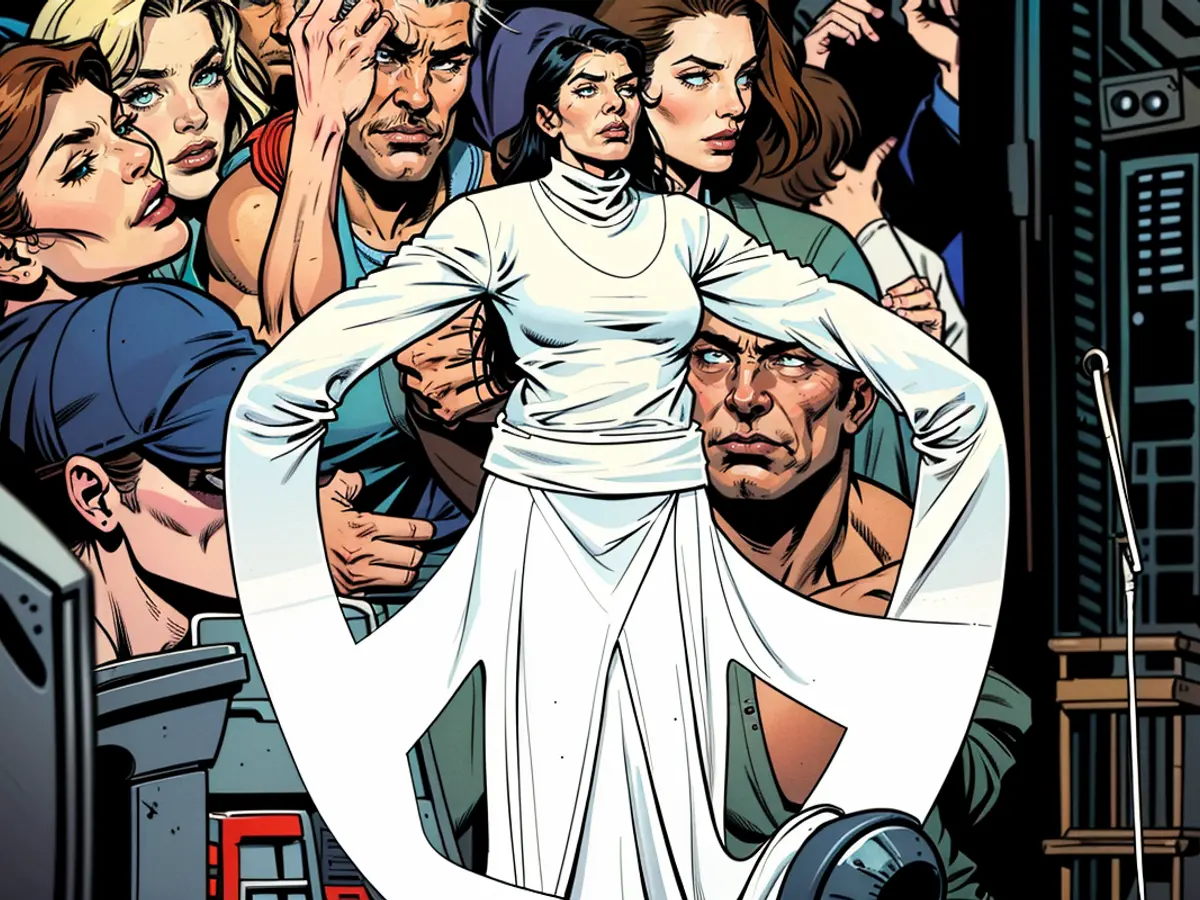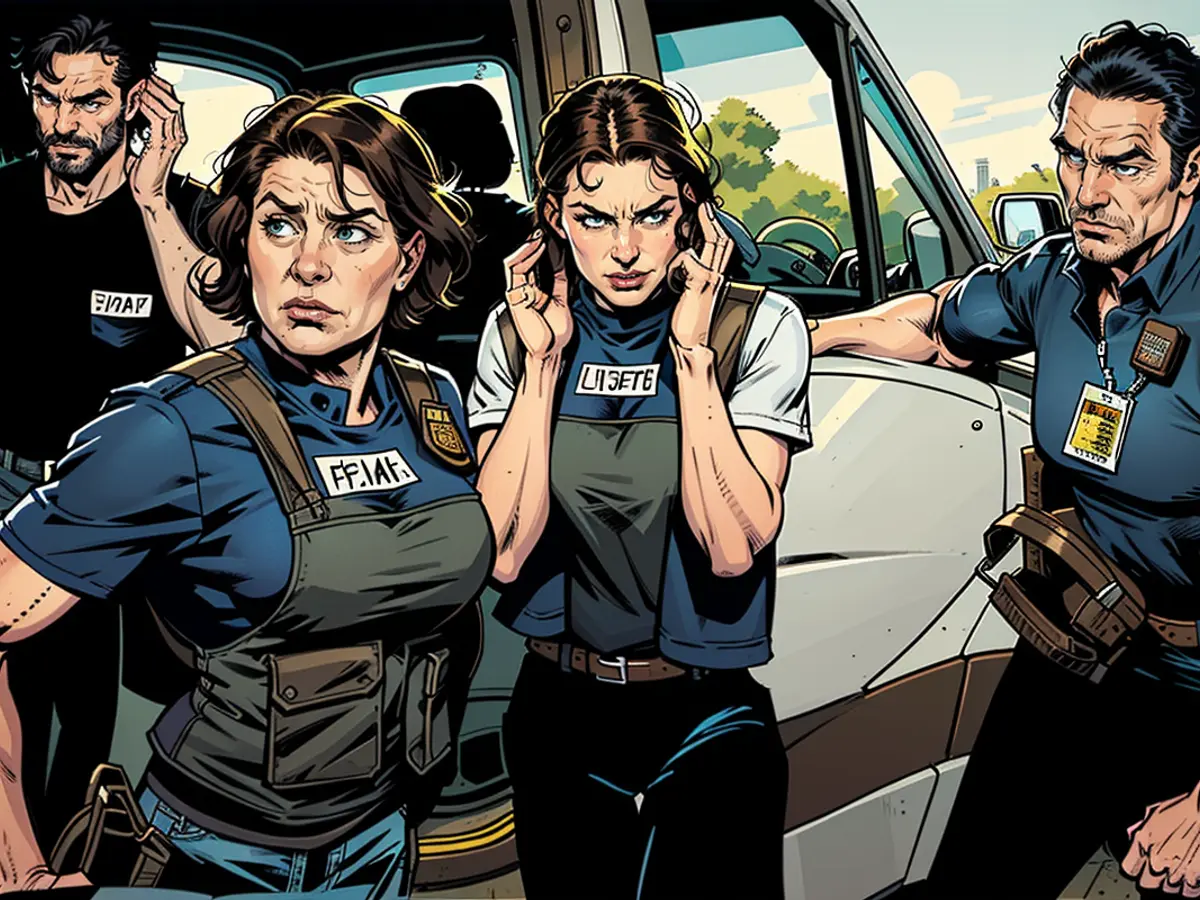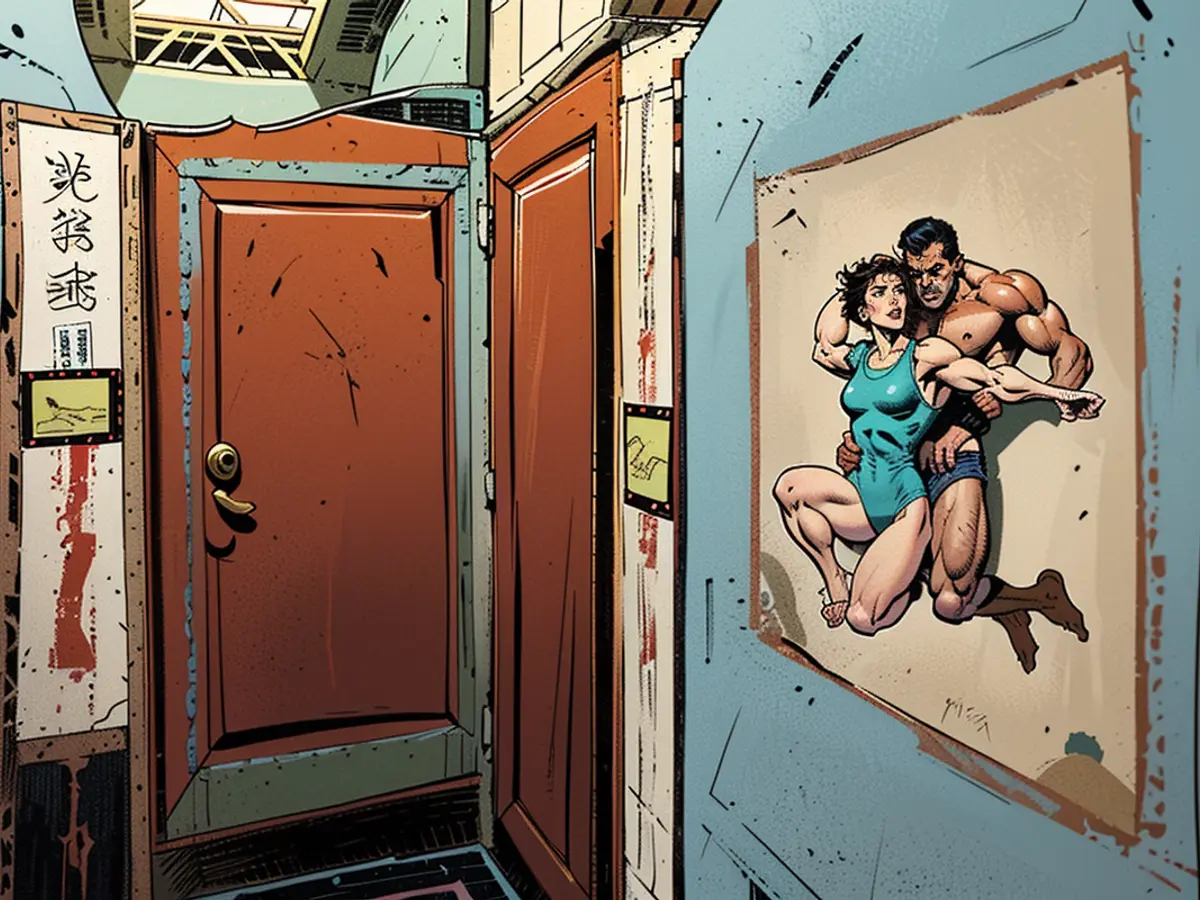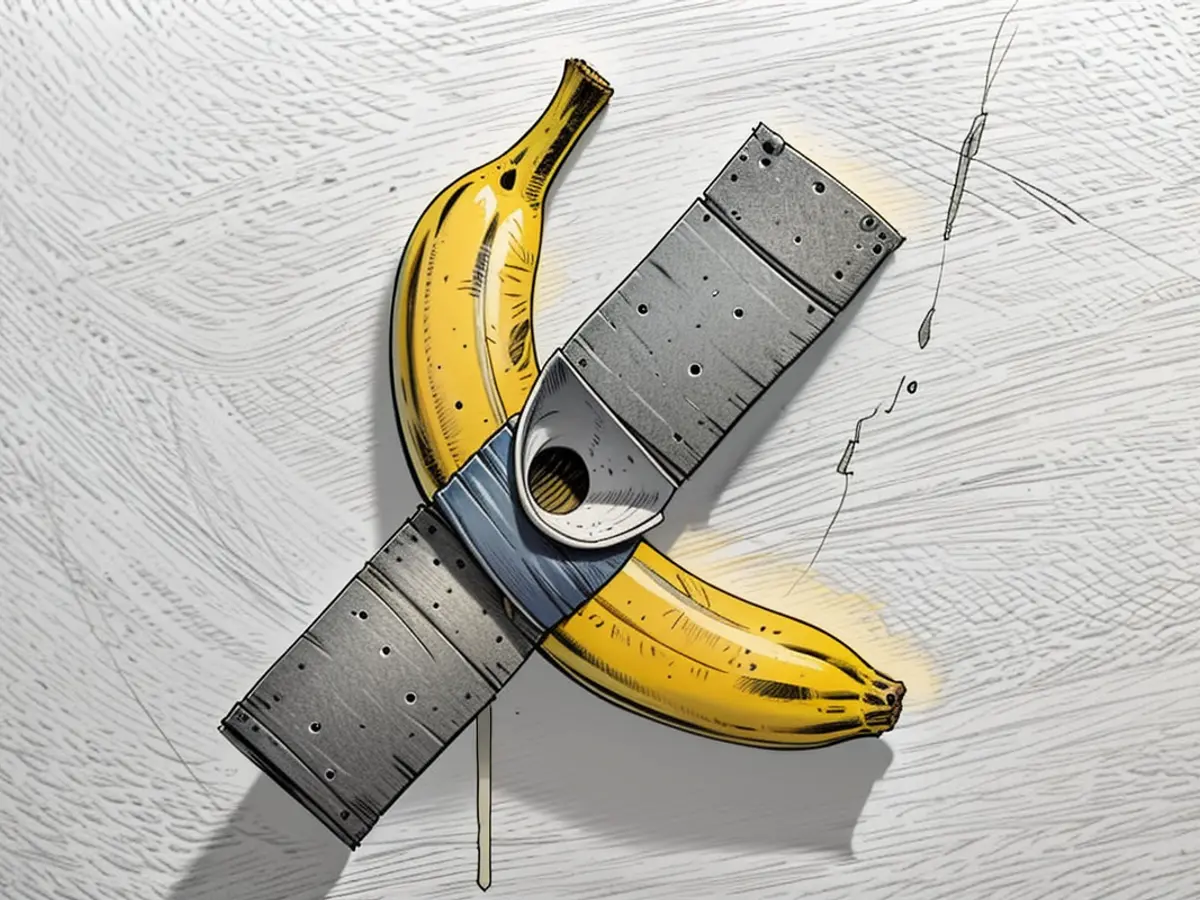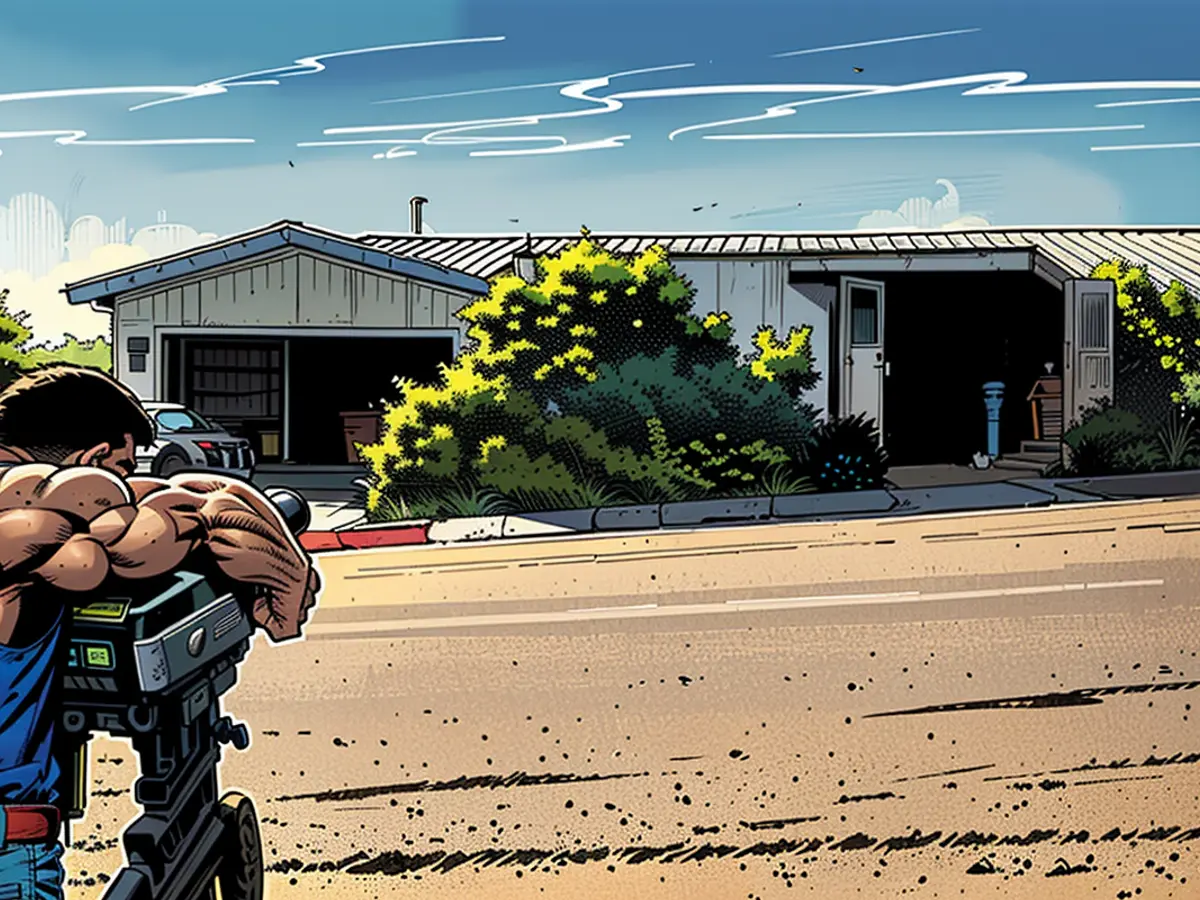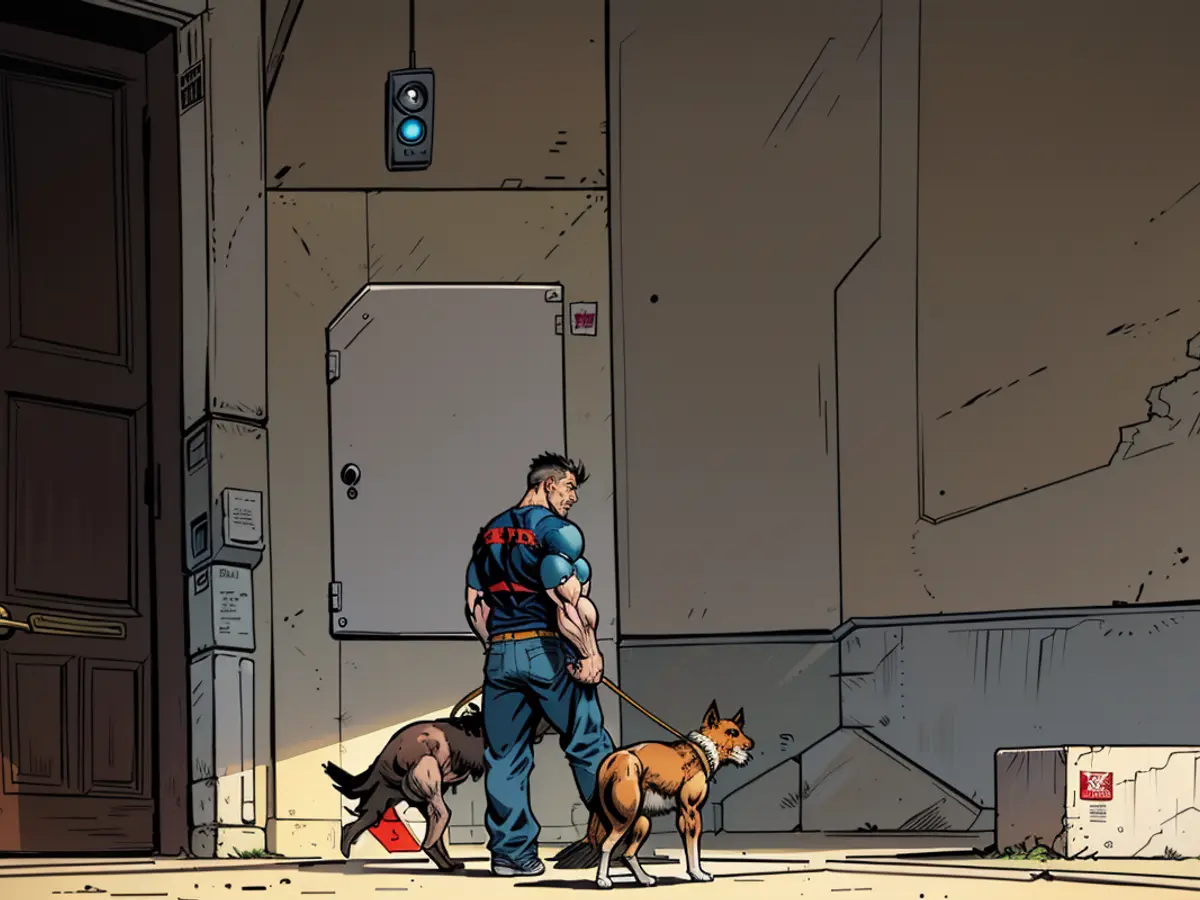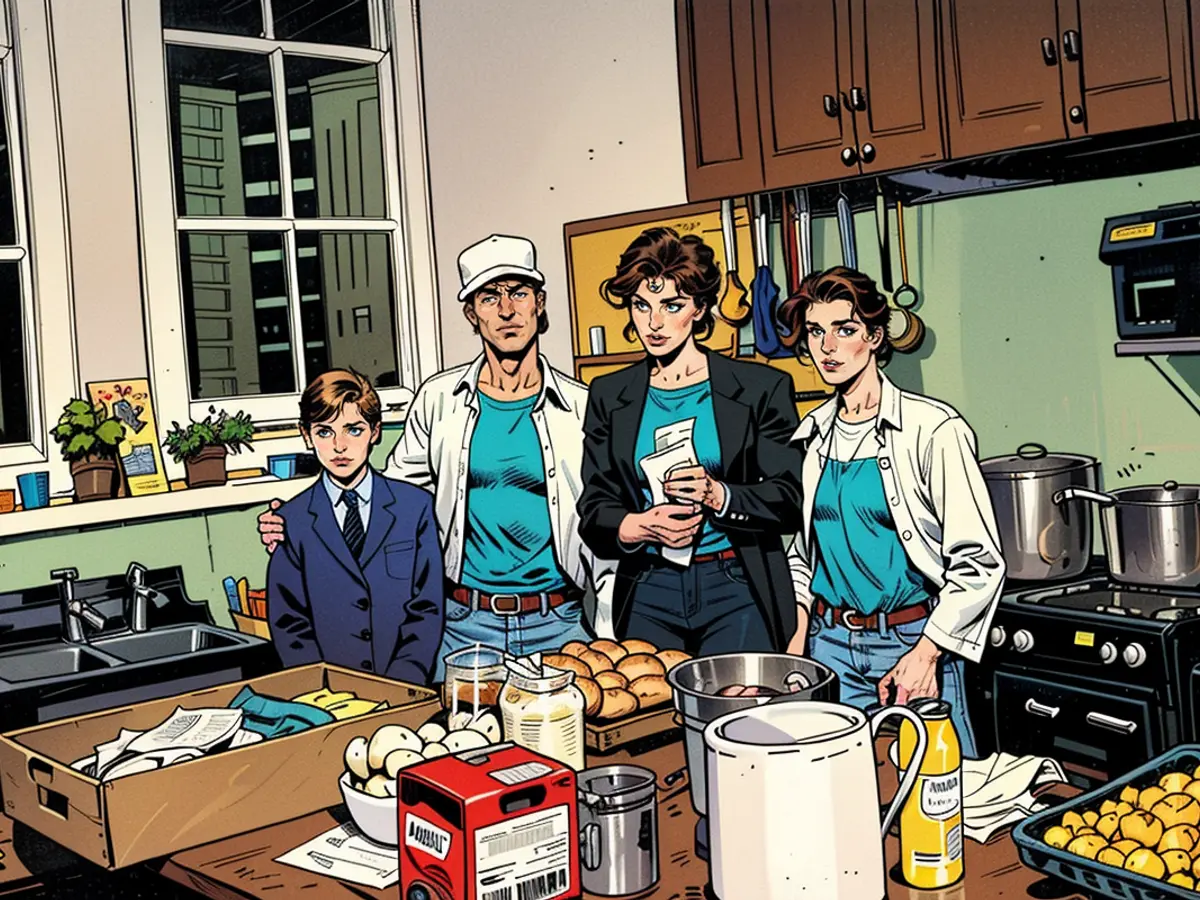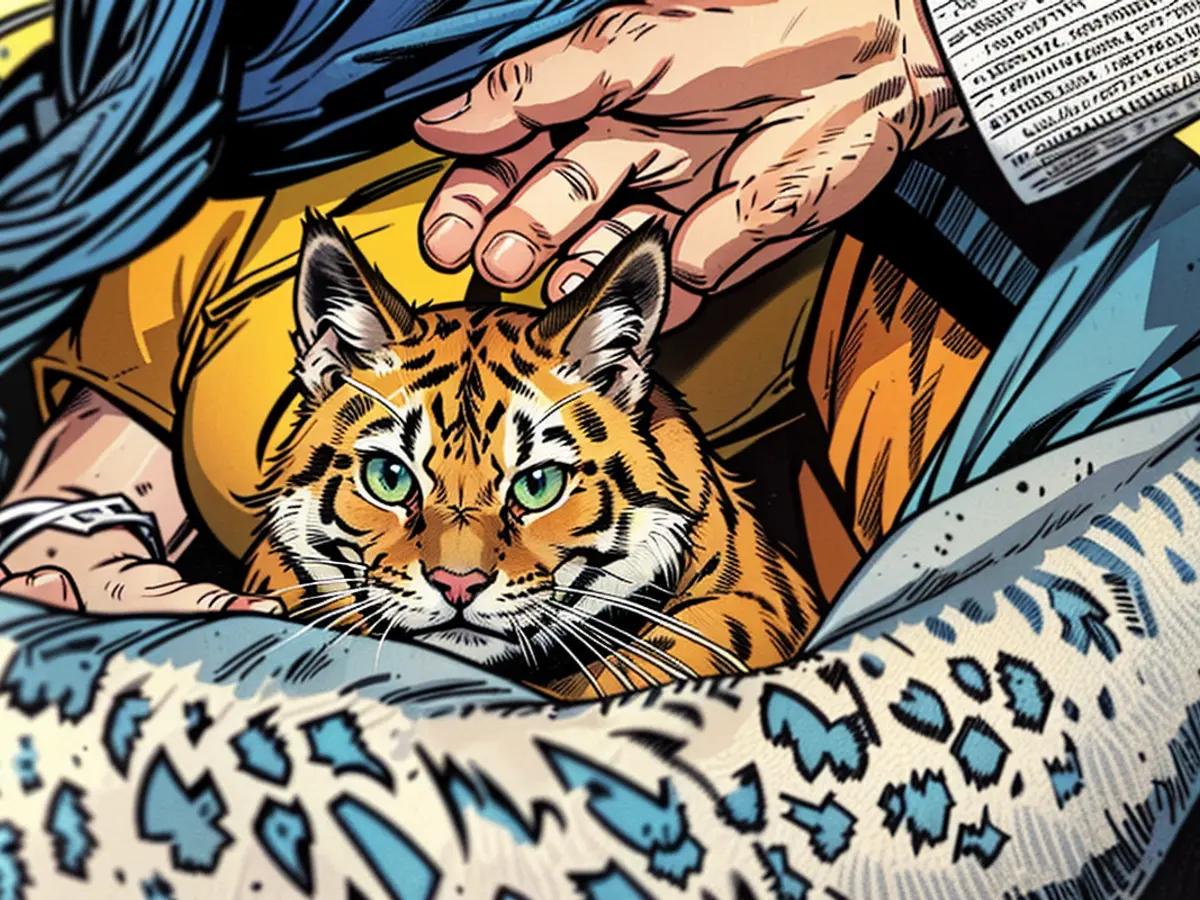Look of the Week: An artist and her ‘peace’ dress silenced Glastonbury for 7 minutes
World-famous for her seemingly fearless approach to performance art, Abramović once invited members of the public to interact with her however they liked during a 6-hour sitting. The 1974 piece, titled “Rhythm 0,” resulted in a loaded gun being held to her head.
On the Glastonbury main stage Abramović asked the festival’s 250,000 attendees to turn inward. “People come to have a good time. They’re drinking, taking drugs, the weather is good,” she told Vogue ahead of the event. “But I’m asking them to be silent and to reflect on the state of this planet, which is really hell right now.”
If silencing a music festival the size of a small English town wasn’t powerful enough, the artist also chose an outfit to remember. Standing tall, her shoulders sloped to create the top of the peace sign — her hands lost in the round of the giant white sleeves. At hip level, more fabric jutted out to create the upside-down ‘V’ shape. The dress, designed by her friend and former Burberry creative director Riccardo Tisci, was inspired by the Japanese kimono. According to Abramović, it will eventually be exhibited in a museum.
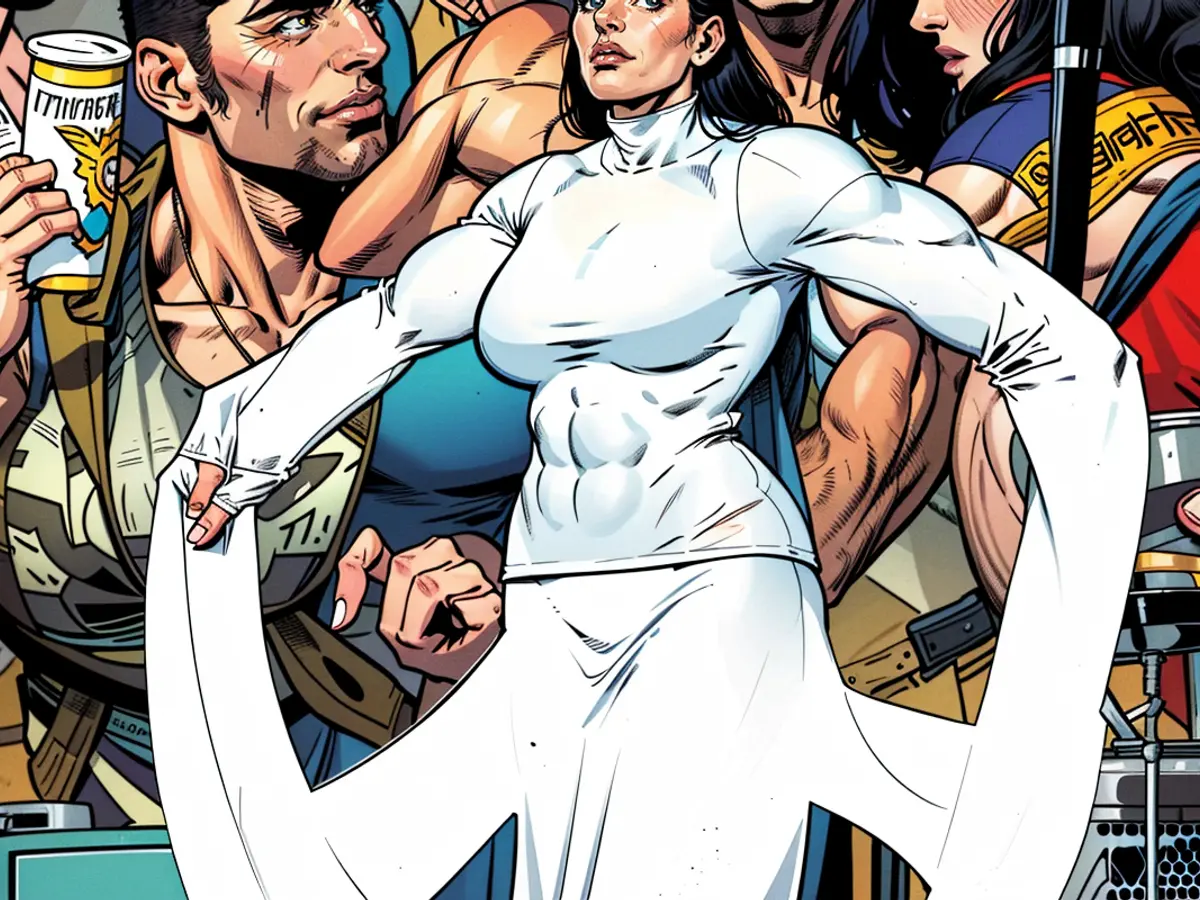
While we’re more familiar seeing peace signs printed on crop tops or canvas tote bags, Abramović and Tisci’s IRL-rendering is closer to the symbol’s creation story. Designed by British artist Gerald Holtom, the icon first debuted on a London peace march in 1958 and was later adopted by the Campaign for Nuclear Disarmament (CND). Holtom wrote that the idea for the sign came from his own human form. “I drew myself: the representation of an individual in despair, with hands and palms outstretched, outwards and downwards in the manner of Goya’s peasant before the firing squad. I formalized the drawing into a line and put a circle round it.”
More than six decades later, Holtom’s peace sign has become one of the world’s most recognized symbols — particularly on the runway. Throughout the years, it has adorned everything from Fendi Baguette bags to Dior knitwear. At Moschino in 2014, the design was fashioned into luxurious pendants on heavy, golden donkey rope chains; while the following year at Chanel, it appeared in Sharpie-style scrawl on distressed messenger bags — a punctuation mark to the revised phrase “Make fashion, not war.”
Abramović’s outfit was very much in-keeping with Glastonbury’s overarching theme for 2024: Peace. Holtom’s sign was seen throughout the festival grounds, crowning the roof of the newly erected Peace Stage, and earlier in the week, appearing in the sky during the event’s first ever drone display.
As she faced the crowd, Abramović surrendered to the power of the symbol sewn into her dress. “See how we can feel positive energy in the entire universe,” she told on-lookers. What originally began for Holtom as a mark of despair, suddenly became an open embrace.
The Peace sign, renowned from its origin in protest marches, has been widely adopted in fashion, appearing on various designer items such as Fendi bags and Chanel messenger bags. Abramovic,_ during her Glastonbury performance, embraced the peace theme by wearing a dress inspired by the Japanese kimono, designed by her friend Riccardo Tisci, which featured the symbol prominently.
